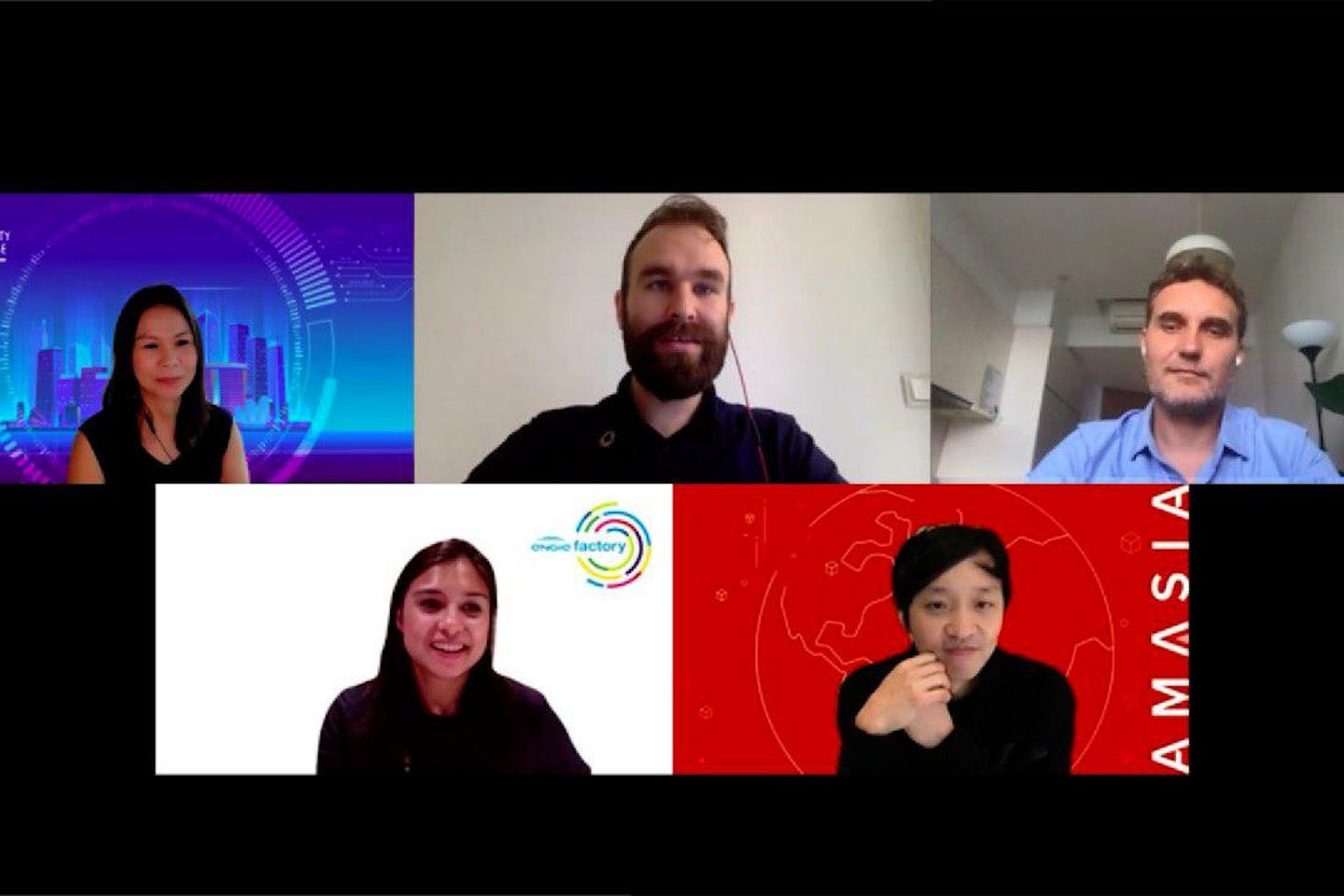
While 2020 was defined by the global pandemic crisis, the year also saw the doubling of global net zero commitments by governments and corporations as they prioritised climate action in their recovery from the impacts of Covid-19.
In addition, Covid-19 took the wind out of oil as global demand for oil reached an 18-year low and stock prices plunged, marking a turning point for climate change. But as economies recover, the need for sustainable innovations to create a decarbonised and resource-efficient society is greater than ever.
With companies and countries aiming for a net zero timeframe of either 2030 or 2050, this presents an opportunity for new innovations and solutions to meet the complexities of such commitments, said Marie Cheong, vice-president of the venture capital firm ENGIE Factory Asia-Pacific, at the virtual launch of The Liveability Challenge on Friday (15 January).
Back for the fourth year, The Liveability Challenge—a global search for sustainable solutions for Asia’s cities—is presented by Temasek Foundation, the philanthropic arm of Singapore’s state investor Temasek, and organised by sustainability media outlet Eco-Business.

Taking it a step further, companies like Google and US-based fintech company Stripe have committed to run their entire business on carbon-free energy “expressly for the purpose of spurring innovation in the space,” Cheong added.
As sustainability enters the mainstream, more capital and opportunities will be directed towards sustainable innovation, agreed John Kim, co-founder and managing partner of venture capital firm Amasia.
“If you want to raise money from public markets now, you need to have a succinct sustainability story. Changing the world now is not just about incremental behavioural change, but actually changing the physical world,” Kim said.
But which innovative solutions are needed to expedite the path to net zero?
“Most people tend to think about windmills and solar panels, and that’s it. But we need to rewire and retool the entire energy system. From your plug in the wall all the way to solar panels, and everything in between, including your cars,” said Hendrik Tiesinga, chief strategy officer of clean technology non-profit New Energy Nexus.
The Challenge is accepting submissions until April 15.
Ideas for The Liveability Challenge can be submitted here.
The journey to net zero will have several stages but the first step is to tackle the low-hanging fruit such as energy efficiency, suggested Cheong. “Once that’s addressed, the solutions will get more complex like retrofitting existing businesses, or dealing with carbon-intensive industries,” she said.
But even before that, industries should focus on decreasing consumption, cautioned Kim. “A lot of the assumption that we have around the world’s carbon supply is that we’re going to continue to consume. So to get to net zero, we need to offset our carbon. But it’s not just an offset issue, there’s a lot we can do on the demand side of things,” he said.
While carbon capture and storage is part of the solution, nature-based solutions are currently more practical whereas revolutionary technology-based solutions should only be considered after transitioning to a fully renewable energy system, warned Tiesinga.
“I think carbon capture is part of the solution, but they use a tonne of energy and only make sense once we transition to 100 per cent renewable energy. It’s good that people work on it, but let’s do in a decade or two,” he said.
What is The Liveabiilty Challenge 2021 looking for?
The two themes for this year’s edition are decarbonisation and re-imagining resources, with the aim to reduce greenhouse gas emissions and waste.
“We’re looking for solutions that will dramatically reduce greenhouse gas emissions in key sectors such as energy generation, urban infrastructure, transport and logistic systems,” explained Lim Hock Chuan, chief executive of Temasek Foundation Ecosperity.
In addition, the Challenge is looking for carbon capture, utilisation and storage solutions to remove carbon emissions from the atmosphere on a large scale—this includes both technology-based and nature-based solutions.
The second theme, re-imagining resources, tackles resource scarcity and the pollution crisis by seeking solutions for a circular economy.
“We are seeking disruptive solutions that can drastically reduce the amount of land, energy and water for production of food and other materials. We are also looking for innovative solutions to tackle waste—food waste, plastic waste and e-waste,” Lim added,
Such solutions include utilising waste materials and converting them into valuable products, and technologies to reduce plastic or paper packaging in food industries and e-commerce.
Shortlisted teams will pitch their projects to a panel of venture capitalists and investors at The Liveability Challenge Grand Finale, held in June/July 2021.
Winners will vie for the grand prize of up to S$1 million from Temasek Foundation, and other opportunities such as a minimum S$50,000 investment from Planet Rise and a S$50,000 investment from Amasia.
The Challenge is accepting submissions until April 15.
Ideas for The Liveability Challenge can be submitted here.
Source Eco-Business





